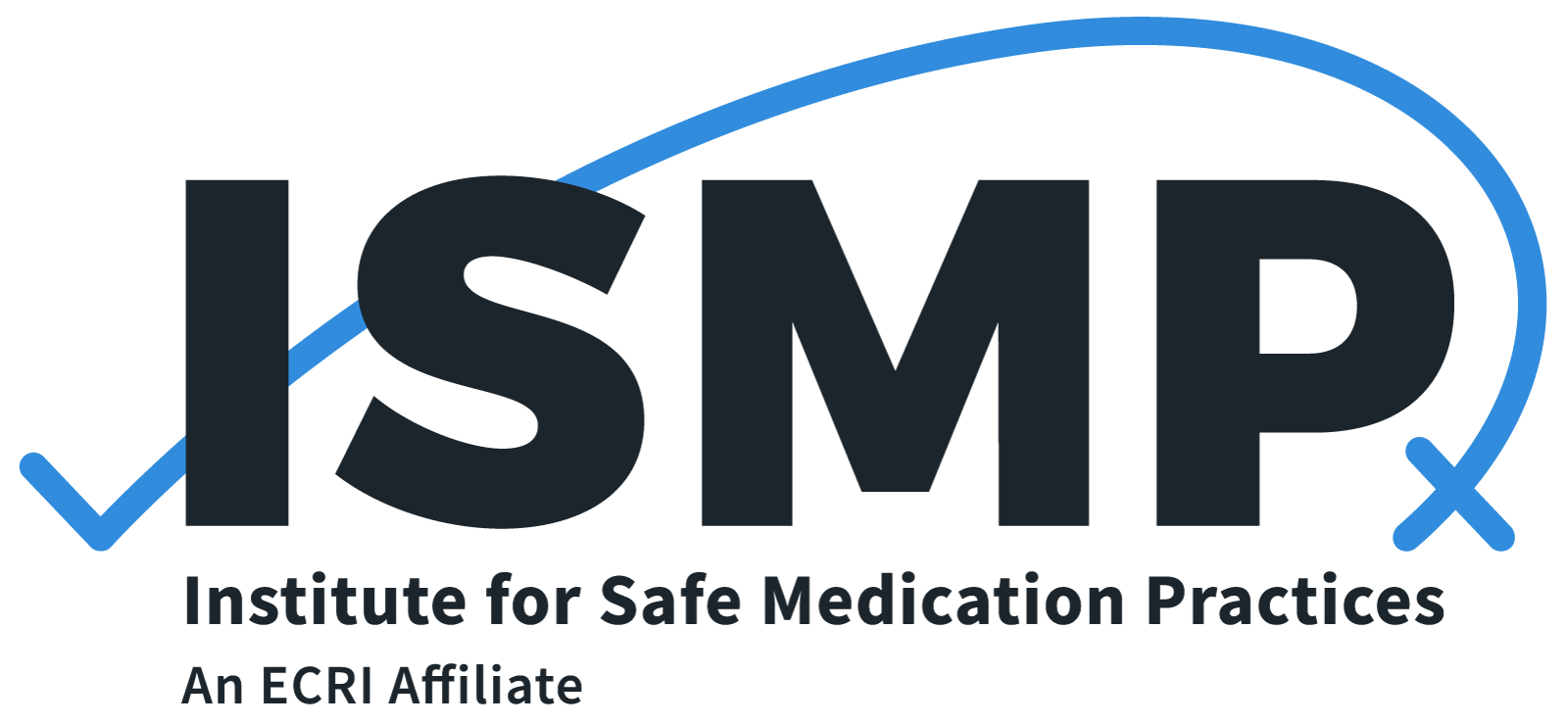High-alert medications are drugs that bear a heightened risk of causing significant patient harm when they are used in error. Although mistakes may or may not be more common with these drugs, the consequences of an error are clearly more devastating to patients.
Use ISMP's List of High-Alert Medications in Community/Ambulatory Care Settings to determine which medications in your practice site require special safeguards to reduce the risk of errors and minimize harm. Strategies may include:
-
Standardizing the prescribing, storage, preparation, dispensing, and administration of these medications
-
Improving access to information about these drugs
-
Using auxiliary labels and automated alerts
-
Employing redundancies
-
Providing mandatory patient education
Ambulatory care sites such as long-term care facilities, long-term acute care facilities, dialysis facilities, ambulatory surgery centers, and the pharmacies that provide services to them should also reference the ISMP List of High-Alert Medications in Long-Term Care (LTC) Settings and/or the ISMP List of High-Alert Medications in Acute Care Settings.
How to cite: Institute for Safe Medication Practices (ISMP). ISMP List of High-Alert Medications in Community/Ambulatory Care Settings. ISMP; 2021.
Access this Free Resource
You must be logged in to view and download this document.
